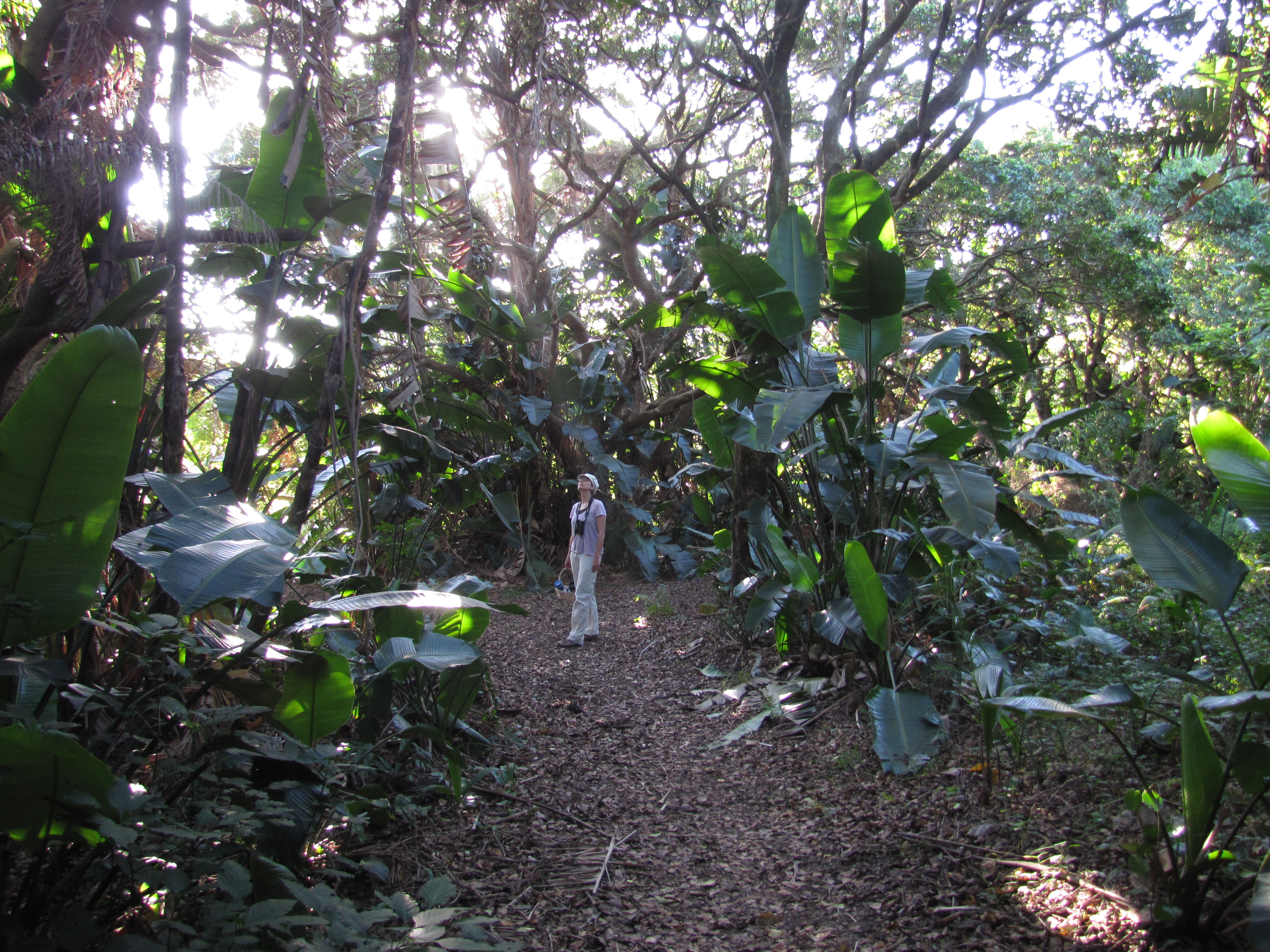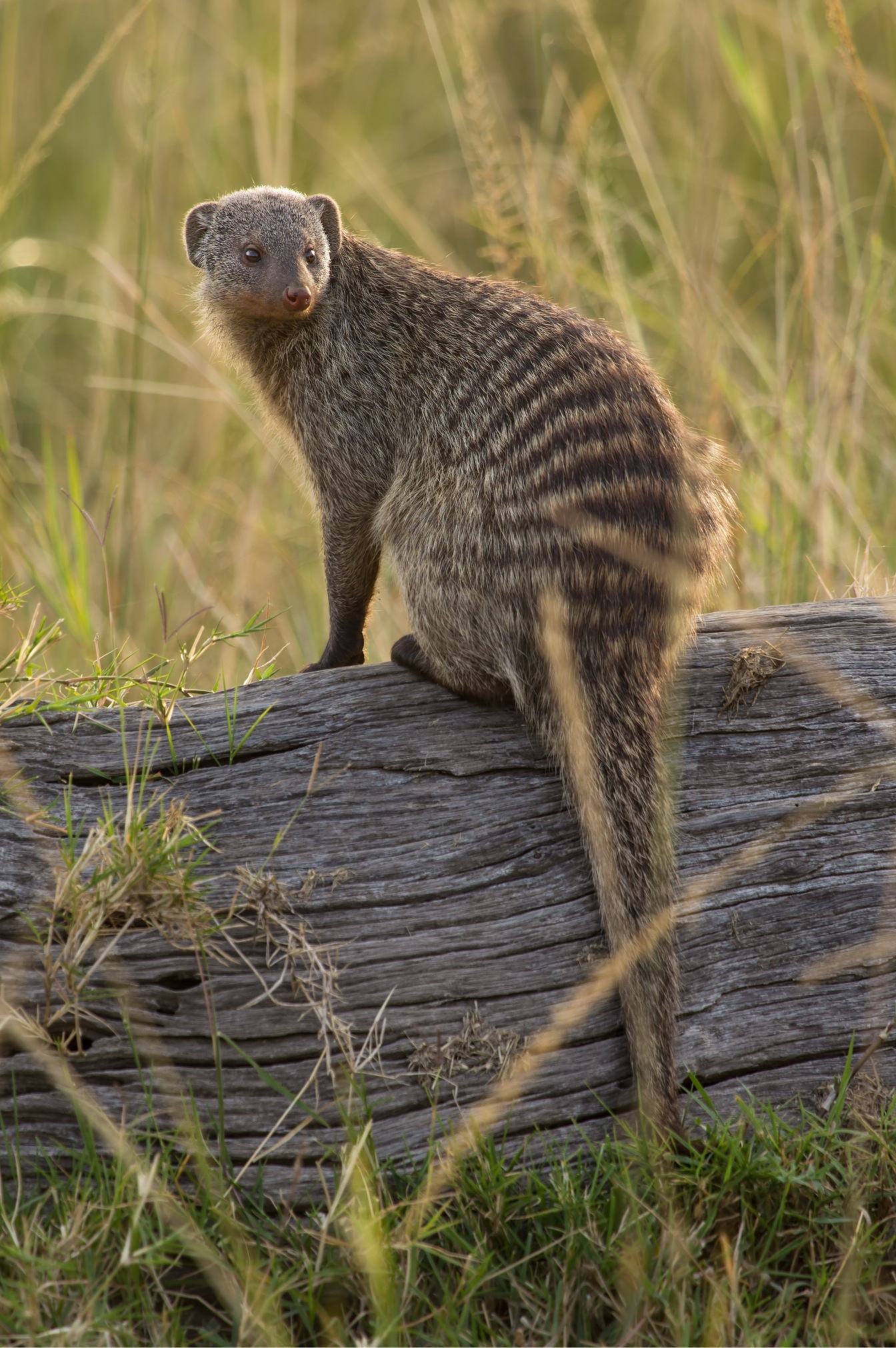|
Bluff Nature Reserve
Bluff Nature Reserve is a 45 hectare protected pan and forest in the suburb of The Bluff, Durban, South Africa. The park was proclaimed in 1974, making it Durban's oldest nature reserve, and is managed by Ezemvelo KZN Wildlife. The nature reserve has bird watching facilities which overlook the pan. There is a self-guided trail throughout the reserve. Flora and fauna The pan section of the park contains the remnant of a large swamp that once covered the area, while the forest section comprises a small patch of coastal lowland forest. Birds The following birds are found in the reserve: * Cormorants * Crakes * Spoonbills * Warblers Mammals The following mammals are found in the reserve: * Banded Mongoose * Common Rodent Mole * Giant Musk Shrew * Grey Climbing Mouse * Hottentot Golden Mole *Multimammate Mouse The Natal multimammate mouse (''Mastomys natalensis'') is a species of rodent in the family Muridae. It is also known as the Natal multimammate rat, the common ... [...More Info...] [...Related Items...] OR: [Wikipedia] [Google] [Baidu] |
KwaZulu-Natal
KwaZulu-Natal (, also referred to as KZN and known as "the garden province") is a province of South Africa that was created in 1994 when the Zulu bantustan of KwaZulu ("Place of the Zulu" in Zulu) and Natal Province were merged. It is located in the southeast of the country, with a long shoreline on the Indian Ocean and sharing borders with three other provinces and the countries of Mozambique, Eswatini and Lesotho. Its capital is Pietermaritzburg, and its largest city is Durban. It is the second-most populous province in South Africa, with slightly fewer residents than Gauteng. Two areas in KwaZulu-Natal have been declared UNESCO World Heritage Sites: the iSimangaliso Wetland Park and the uKhahlamba Drakensberg Park. These areas are extremely scenic as well as important to the surrounding ecosystems. During the 1830s and early 1840s, the northern part of what is now KwaZulu-Natal was established as the Zulu Kingdom while the southern part was, briefly, the Boer Natalia Repu ... [...More Info...] [...Related Items...] OR: [Wikipedia] [Google] [Baidu] |
Durban
Durban ( ) ( zu, eThekwini, from meaning 'the port' also called zu, eZibubulungwini for the mountain range that terminates in the area), nicknamed ''Durbs'',Ishani ChettyCity nicknames in SA and across the worldArticle on ''news24.com'' from 25 October 2017. Retrieved 2021-03-05.The names and the naming of Durban Website ''natalia.org.za'' (pdf). Retrieved 2021-03-05. is the third most populous city in after and |
South Africa
South Africa, officially the Republic of South Africa (RSA), is the southernmost country in Africa. It is bounded to the south by of coastline that stretch along the South Atlantic and Indian Oceans; to the north by the neighbouring countries of Namibia, Botswana, and Zimbabwe; and to the east and northeast by Mozambique and Eswatini. It also completely enclaves the country Lesotho. It is the southernmost country on the mainland of the Old World, and the second-most populous country located entirely south of the equator, after Tanzania. South Africa is a biodiversity hotspot, with unique biomes, plant and animal life. With over 60 million people, the country is the world's 24th-most populous nation and covers an area of . South Africa has three capital cities, with the executive, judicial and legislative branches of government based in Pretoria, Bloemfontein, and Cape Town respectively. The largest city is Johannesburg. About 80% of the population are Black South Afri ... [...More Info...] [...Related Items...] OR: [Wikipedia] [Google] [Baidu] |
Ezemvelo KZN Wildlife
Ezemvelo KZN Wildlife is a governmental organisation responsible for maintaining wildlife conservation areas and biodiversity in KwaZulu-Natal Province, South Africa. Their headquarters is in Queen Elizabeth Park situated on the northern slopes of Pietermaritzburg, the KwaZulu-Natal provincial capital. Prior to 1994, it was known as the Natal Parks Board. History The first known person to provide protection to wildlife in the region was Zulu King Shaka, who prevented excessive hunting of game animals in the Umfolozi River valley in the early 19th century. However King Shaka used this area for his own hunting purposes and cannot be classed as a 'preservationist'. Voortrekkers, who entered the region now known as KwaZulu-Natal in the early 19th century, also had conservation policies. The Voortrekker leader Piet Retief had rules excluding the unnecessary shooting of game, and veld burning was strictly controlled. Zulu King Mpande is known to have afforded protection to the Ong ... [...More Info...] [...Related Items...] OR: [Wikipedia] [Google] [Baidu] |
Bluff NR Forest
Bluff or The Bluff may refer to: Places Australia * Bluff, Queensland, Australia, a town * The Bluff, Queensland (Ipswich), a rural locality in the city of Ipswich * The Bluff, Queensland (Toowoomba Region), a rural locality * Bluff River (New South Wales) * Bluff River (Murchison River), a river of Tasmania * Bluff River (Prosser River), Tasmania; see Levendale, Tasmania * "The Bluff", common name of Rosetta Head, a headland adjoining Victor Harbor in South Australia United States * Bluff, Alabama, an unincorporated community * Bluff, Alaska, a ghost town * The Bluff (Atlanta), Georgia, a neighborhood of Atlanta * Bluff (Pittsburgh), Pennsylvania, a neighborhood * Bluff, Texas, an unincorporated community * Bluff, Utah, a town * Bluff Creek (California), a watercourse in California that empties into Ballona Wetlands * Bluff Creek (Des Moines River tributary), a stream in Iowa * Bluff Creek (Cimarron River tributary), a stream in Kansas; see Clark County State Lake * Bl ... [...More Info...] [...Related Items...] OR: [Wikipedia] [Google] [Baidu] |
Cormorant
Phalacrocoracidae is a family of approximately 40 species of aquatic birds commonly known as cormorants and shags. Several different classifications of the family have been proposed, but in 2021 the IOC adopted a consensus taxonomy of seven genera. The great cormorant (''Phalacrocorax carbo'') and the common shag (''Gulosus aristotelis'') are the only two species of the family commonly encountered in Britain and Ireland and "cormorant" and "shag" appellations have been later assigned to different species in the family somewhat haphazardly. Cormorants and shags are medium-to-large birds, with body weight in the range of and wing span of . The majority of species have dark feathers. The bill is long, thin and hooked. Their feet have webbing between all four toes. All species are fish-eaters, catching the prey by diving from the surface. They are excellent divers, and under water they propel themselves with their feet with help from their wings; some cormorant species have been ... [...More Info...] [...Related Items...] OR: [Wikipedia] [Google] [Baidu] |
Rallidae
The rails, or Rallidae, are a large cosmopolitan family of small- to medium-sized, ground-living birds. The family exhibits considerable diversity and includes the crakes, coots, and gallinules. Many species are associated with wetlands, although the family is found in every terrestrial habitat except dry deserts, polar regions, and alpine areas above the snow line. Members of the Rallidae occur on every continent except Antarctica. Numerous island species are known. The most common rail habitats are marshland and dense forest. They are especially fond of dense vegetation.Horsfall & Robinson (2003): pp. 206–207 Name "Rail" is the anglicized respelling of the French ''râle'', from Old French ''rasle''. It is named from its harsh cry, in Vulgar Latin *''rascula'', from Latin ''rādere'' ("to scrape"). Morphology The rails are a family of small to medium-sized, ground-living birds. They vary in length from and in weight from . Some species have long necks and in many ca ... [...More Info...] [...Related Items...] OR: [Wikipedia] [Google] [Baidu] |
Spoonbill
Spoonbills are a genus, ''Platalea'', of large, long-legged wading birds. The spoonbills have a global distribution, being found on every continent except Antarctica. The genus name ''Platalea'' derives from Ancient Greek and means "broad", referring to the distinctive shape of the bill. Six species are recognised, which although usually placed in a single genus have sometimes been split into three genera. All spoonbills have large, flat, spatulate bills and feed by wading through shallow water, sweeping the partly opened bill from side to side. The moment any small aquatic creature touches the inside of the bill—an insect, crustacean, or tiny fish—it is snapped shut. Spoonbills generally prefer fresh water to salt but are found in both environments. They need to feed many hours each day. Taxonomy The genus ''Platalea'' was introduced in 1758 by the Swedish naturalist Carl Linnaeus in 1758 in the tenth edition of his ''Systema Naturae''. The genus name is Latin for ... [...More Info...] [...Related Items...] OR: [Wikipedia] [Google] [Baidu] |
Warbler
Various Passeriformes (perching birds) are commonly referred to as warblers. They are not necessarily closely related to one another, but share some characteristics, such as being fairly small, vocal, and insectivorous. Sylvioid warblers These are somewhat more closely related to each other than to other warblers. They belong to a superfamily also containing Old World babblers, bulbuls, etc. * "Old World warblers", formerly all in family Sylviidae ** Leaf warblers, now in family Phylloscopidae ** Typical bush warblers, now in family Cettiidae ** Grass warblers and megalurid bush-warblers, now in family Locustellidae ** Marsh and tree warblers, now in family Acrocephalidae ** True warblers or sylviid warblers, remaining in family Sylviidae or moved into the Timaliidae ** Cisticolid warblers, family Cisticolidae * Malagasy warblers, the newly assembled family Bernieridae Passeroid warblers The two families of American warblers are part of another superfamily, which unites t ... [...More Info...] [...Related Items...] OR: [Wikipedia] [Google] [Baidu] |
Banded Mongoose
The banded mongoose (''Mungos mungo'') is a mongoose species native from the Sahel to Southern Africa. It lives in savannas, open forests and grasslands and feeds primarily on beetles and millipedes. Mongooses use various types of dens for shelter including termite mounds. While most mongoose species live solitary lives, the banded mongoose live in colonies with a complex social structure. Characteristics The banded mongoose is a sturdy mongoose with a large head, small ears, short, muscular limbs and a long tail, almost as long as the rest of the body. Animals of wetter areas are larger and darker colored than animals of dryer regions. The abdominal part of the body is higher and rounder than the breast area. The rough fur is grayish brown and black, and there are several dark brown to black horizontal bars across the back. The limbs and snout are darker, while the underparts are lighter than the rest of the body. Banded mongooses have long strong claws that allow them to dig ... [...More Info...] [...Related Items...] OR: [Wikipedia] [Google] [Baidu] |
Gray Climbing Mouse
The gray climbing mouse (''Dendromus melanotis'') is a species of rodent in the family Nesomyidae. It is found in Angola, Benin, Botswana, Democratic Republic of the Congo, Ethiopia, Guinea, Liberia, Malawi, Mozambique, Namibia, Nigeria, Rwanda, South Africa, Eswatini, Tanzania, Uganda, Zambia, and Zimbabwe. Its natural habitats are dry savanna, Mediterranean-type shrubby vegetation, subtropical or tropical dry lowland grassland, and temperate desert A desert is a barren area of landscape where little precipitation occurs and, consequently, living conditions are hostile for plant and animal life. The lack of vegetation exposes the unprotected surface of the ground to denudation. About on .... References Sources * Dendromus Rodents of Africa Mammals described in 1834 Taxonomy articles created by Polbot {{Muroid-stub ... [...More Info...] [...Related Items...] OR: [Wikipedia] [Google] [Baidu] |






.jpg)
